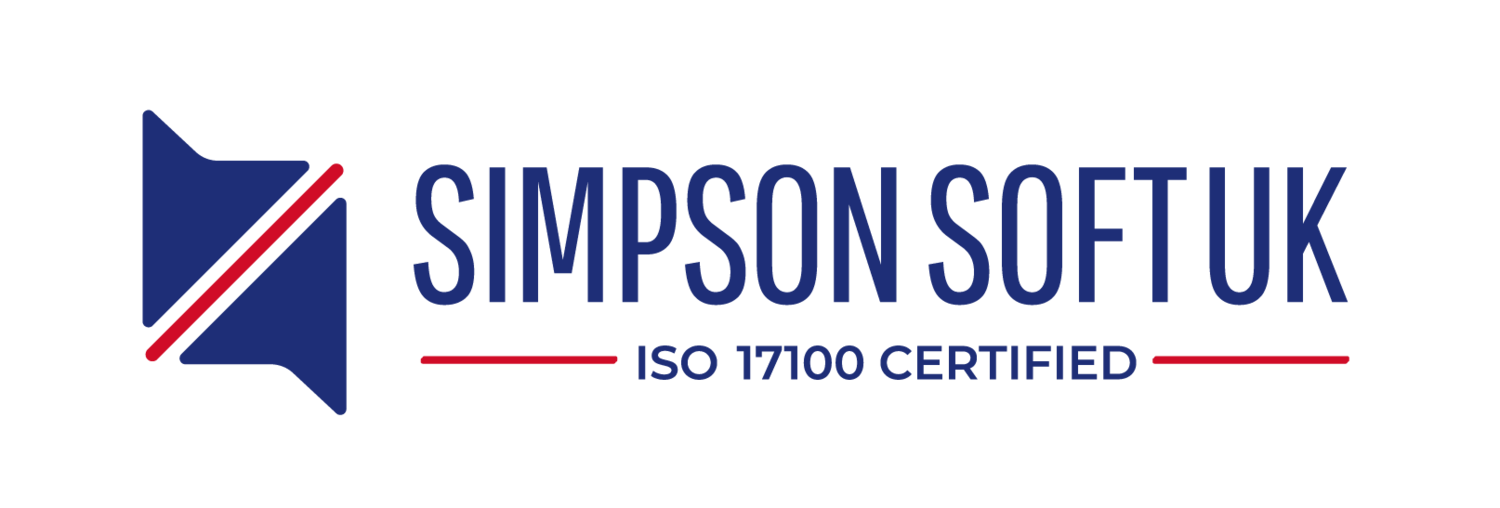The Importance Of Accuracy In Transcription And Audio Translation
“There is basic equipment required: a headset, a Dictaphone to play the tapes that must be transcribed, and patience, a willingness to become a human conduit as the words of others enter through her ears, course through her veins, and drip out unseen through fast-moving fingertips.”
― Amy Rowland
Transcription is much more than converting speech to text. “To become a human conduit” conveying important communication from businessmen, lawyers, doctors, and more is no easy task. One wrong word could mean a loss of millions of dollars, a wrong conviction, lives …
How then do you ensure the absence of that destructive “wrong word”?
Accurate Transcription and Audio Translation is your answer.
Let’s see more on this.
What Is Involved In Transcription?
The systematic depiction of spoken language in written form is known as Transcription. During this process, an individual translates audio into text using various speech recognition techniques. Sometimes, transcription can be carried out completely by AI, and other times, human transcriptionists work alongside technology to produce the best results.
Why do you need to convert audio to text?
Allows for effective record keeping of important information like court rulings, doctor’s diagnosis, and business meetings.
Makes your content accessible for the hard of hearing and deaf communities. It also helps non-native language speakers comprehend your content better.
Improves SEO as it allows search engines to index written text which isn’t possible with audio.
What Is Audio Translation?
Audio translation, in the simplest terms, is taking an audio or video recording in one language, and translating it to convey its message through another recording in the desired language.
Simultaneous and consecutive interpreting, dubbing and lip sync, voiceovers, subtitling – all these are enabled by Audio translation.
Why do we need audio translation?
Gives you access to global markets and expands your reach to a wider audience.
Helps you build credibility in a multilingual and multicultural market.
Enhances user experience and increases reach and engagement which leads to a bigger brand presence.
Cost Of the Wrong Word in Transcription and Audio Translation
Since transcription is a written record of words someone said, a small error can have far-reaching consequences – misunderstandings at the least and expensive legal repercussions at its worst.
The same stands true for audio translations. We all know how frustrating it can be when movie subtitles don’t sync with what is playing on the screen or when they blatantly make absolutely no sense at all. The consequences are much more dire when the same mistakes are made in a more professional setting.
From an organizational perspective, an accurate translation of audio recordings is vital. Even slight mistakes can cost companies millions and taint brand reputations drastically. The cost of incorrect transcription can range for reputational damage to serious jail time.
This incident took place in 2011 when a 66-year-old man named Carlos Ortega was wrongly arrested due to errors in transcribing the legal wiretap. The real cuplrit was also named Carlos and both featured in the wiretap. A mislabelling in transcription led authorities to arrest Carlos Ortega instead of the culprit. Although he was eventually exonerated, he spent 5 months in prison, had to pay $300,000, lost his business, and went into debt!
Why So Important?
Video content has become a vital medium of communication in virtually every aspect of life. Books have been relegated to shelves in favour of podcasts. All of this valuable content must be converted to text as subtitles and web articles. They need to be translated for a global audience.
Most organisations use audio recording for company terms and conditions recitals, advertising, and instructional guides. The accuracy of translation with these audio files is imperative, as even the smallest misunderstanding can cause a ripple effect of damage.
Another field in which transcription plays a vital role is the medical industry. The recording of oral dictation and the transcription of audio files into documents makes the process of patient detail documentation immensely easy for hospital management, but the need for utmost accuracy here is undeniable.
How Can You Ensure Accurate Transcription and Audio Translation
Anybody can transcribe – is this true? Transcription is much more than typing - good listening skills, a sharp memory, excellent comprehension, a good grasp of the context, ability to research – all these are important skills for a transcriber.
Audio translation takes this one step further and requires an innate understanding of the content and the ability to convey that information in the target language.
Some of the most common mistakes that happen in transcription are typing errors, mishearing words, words that sound the same, misspelled names, spelling and grammar mistakes. The key to ensuring that these mistakes are weeded out is experience and quality control.
Simpon Soft can help you with this. Our team of skilled transcribers, native linguists and experienced Project Managers give you an all-in-one solution. We offer Voice and Video Transcription, Audio Translation, and Subtitling in over 350 Languages. Quality is ensured with an ISO 17100 Certified process to ensure error-free, print-ready deliverables.



